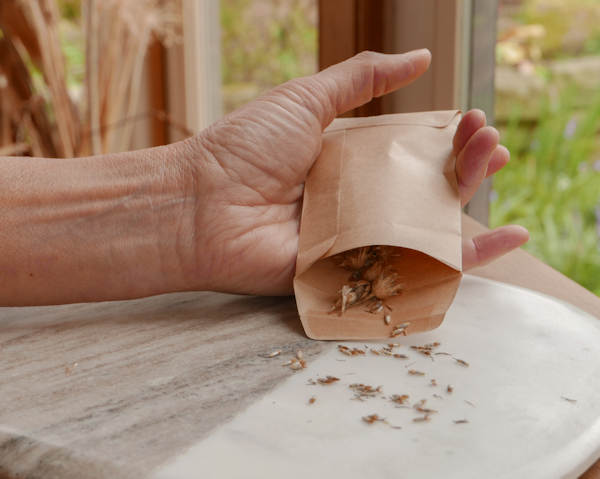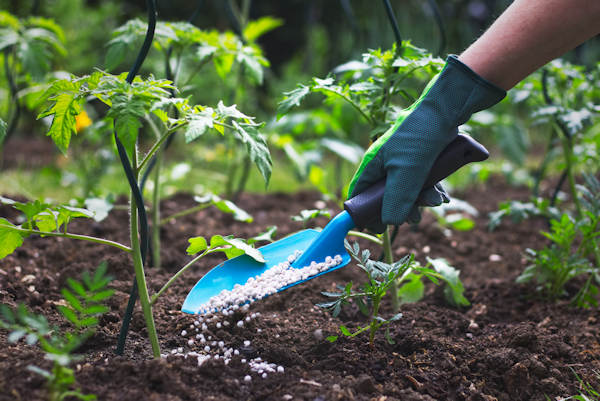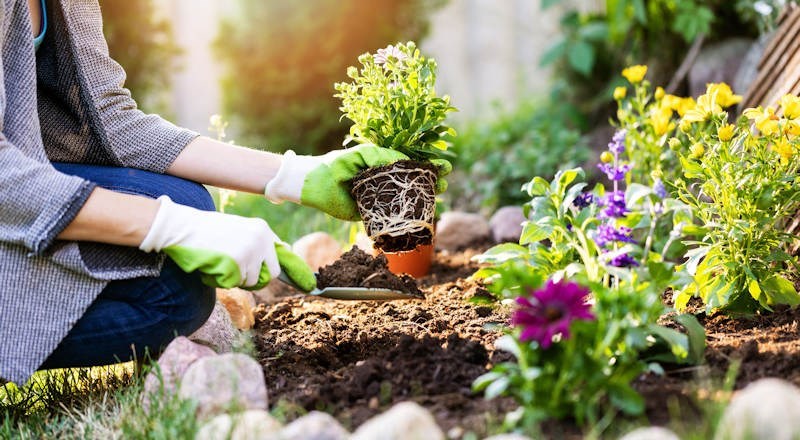What To Do In Your Garden In August
August has been the perfect time to reap the rewards of this year’s hard work in the garden. The seasons may not have changed yet, but blooms in the garden are beginning to fade.
The effort put in through May, June and July is now ready to be appreciated in the form of lots of delicious vegetables! Now is the perfect time to start harvesting vegetables and collecting seeds from plants that have finished flowering.

Autumn Harvests
Picking produce may seem self-explanatory, but there are some basic rules to follow to ensure you really get the most out of your vegetable crops this summer.
Timing – Make sure you know when it is the best time to harvest. Some fruit and vegetables, like tomatoes, will continue to ripen when removed from the plant. However, some, like corn, need to remain on the plant until they’re ripe enough to eat.
Regularity – Leaving mature vegetables on the plant can slow down growth of new produce. By frequently harvesting ripe produce, further growth is encouraged, thus resulting in a higher yield.
Time of day – Mornings are the coolest time of the day. By harvesting during this time, you are more likely to pick healthier crops. As the heat of the day increases, the plant can begin to dry out. You are more likely to get dryer produce when harvesting during the evening.
Preserving – Take time to preserve or pickle fresh vegetables, such as cucumbers or onions. This is best done as soon as possible after picking, to lock in nutrients.
Harvesting method – Always use garden scissors or a harvesting knife to pick ripe vegetables from the plant. This will ensure neither the plant or the produce is damaged when harvesting.
Watering – Watering root vegetables just before harvest can ensure the crop is undamaged when picked. For example, by watering carrots before harvest, you avoid damaging delicate skins and help loosen soil for easy digging.
Find tools for harvesting at Longacres, here.

Collecting flower seeds
Many people don’t realise that you can collect seeds from dying plants and save them for the next season. This is a fantastic (and inexpensive) way to ensure glorious blooms year after year.
Not all plants grow from or produce seeds. Plants originally grown from seeds will produce seeds when they die, however plants grown from bulbs will stay dormant until the next season when they re-flower. Plants that do produce seeds will create seedheads, a capsule that develops after flowering and contains seeds. Popular seed producing plants include Poppies, Alliums, Sweet Peas and Lupins.
Different plants have different types of seedheads, but only some can be collected. Capsule and pod seedheads are suitable to be harvested. These types of seedhead remain once the petals of the flower die back, and contain the seeds of the flower in a small shell.
Once the seed capsule or pod has ripened (indicated by a dark brown or black colour,) it can be taken from the plant. Ensure the seedhead has not opened; if it has, the seeds will have already been dispersed and it won’t be useful.
For collected seedheads, simply lay out on a windowsill to dry and then gently crush them to release the seeds. Store these seeds in labelled paper packets or airtight containers, ready to sow next year. Store seeds in a fridge to keep them viable for many years.

Plant feeds for extra nutrition
During summer, the ground can become dry from extreme heat or winds. As a result, the soil in which your plants are growing becomes low in essential nutrients. Plant feeds are a crucial step when caring for plants in your garden, and those that are grown in nutrient rich soil will grow faster, stronger and flower brighter.
There are many kinds of plant feeds for fertilising your garden, though it is important to know which is best for your plant’s needs. All plant feeds will be made up of a mixture of essential nutrients, the three main components you will find include nitrogen, phosphorus and potassium.
Nitrogen – Promotes healthy leaf growth and new shoots.
Phosphorus – Essential for root development.
Potassium – Encourages production of fruit and flowers.
To know what your plant is deficient in, you can tell by looking out for these common signs.
Nitrogen deficiency – Thin yellow leaves with a pink huge. This can be cured by mulching the soil with organic matter, using Sulphate of Ammonia or Poultry Manure Pellets.
Potassium deficiency – Yellow or purple leaves with brown edges. This can be avoided by using Sulphate of Potash in the soil.
Phosphorus deficiency – Dull yellow leaves and poor growth. This can be solved by adding Bone Meal or Superphosphate to the soil.
Magnesium deficiency – Yellowing between the veins in the leaf, followed with patches of brown or red colouring. Cure this issue by adding Epson Salts to the soil around the roots of the plant.
Manganese and iron deficiency – Yellowing of the leaves with brown edges. Solve this by adding Sulphate of Iron to the soil.







